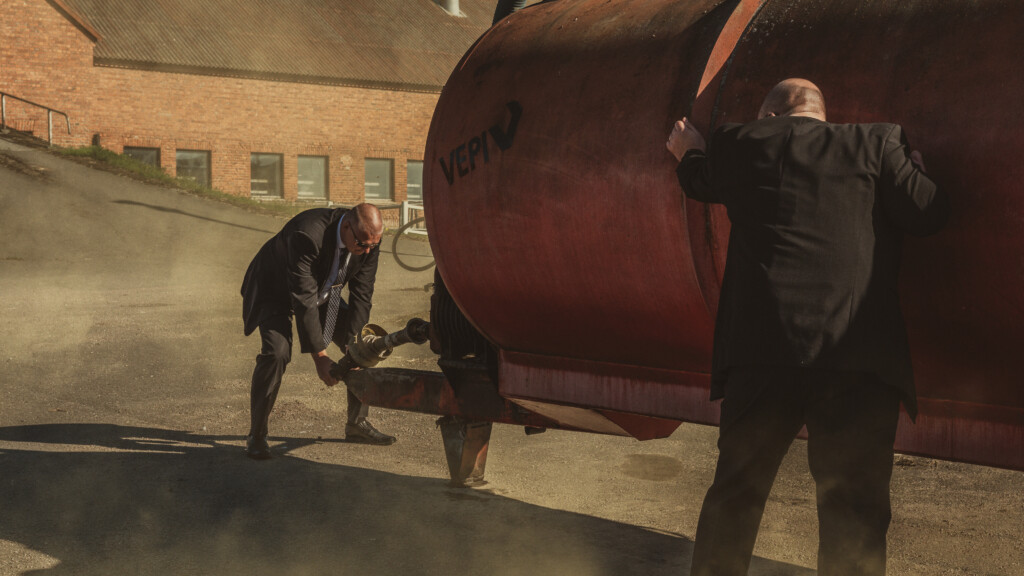
Anyone who has managed projects knows how critical it is to ensure seamless continuity, stay on schedule and achieve goals, no matter the situation.
When faced with a personnel change, there are no days to waste, let alone weeks or months. Costs are running, pressure is high, and a lot is at stake – whether it’s a project worth hundreds of thousands or hundreds of millions.
Summer and its distractions particularly make project management scratch their heads.
During the summer, vacations and personnel changes often cause challenges that can be tackled with good planning.
In this article, we share our top 5 tips, based on decades of experience, on how to avoid disasters and ensure the seamless continuity of your project during upheavals.
But first: if you are already breaking sweat and you realize that the fire has already started, do not worry. Semat is at your service and helps extinguish the fires. Urgent needs and fulfilling them are everyday tasks for us, even in the summer.
When a project manager or project director suddenly falls ill or announces that they have taken a new position, there is no time to waste. Recruiting a replacement simply takes too long, considering the entire recruitment process and notice periods. The solution in this case is a interim project manager or director.
Semat’s list includes Finland’s most experienced project managers and directors known for their people management skills. An external project manager or director can start so soon that you’ll breathe a sigh of relief sooner than you think. We are just one phone call away – whether it’s the holiday season or not. You can find direct phone numbers and email addresses at the end of the article.
And now, knowing that help is near, let’s take a deep breath and embrace five concrete tips to handle personnel change situations and other variables in projects as smoothly as possible.
1. Documentation
Unfortunately, important things are often in the email of the person who is leaving/on vacationing/ sick. And in the worst case, they are only in that person’s head. In projects, it is essential to ensure that everything is documented, starting with meeting memos. All essential information should be stored in a cloud service, network drives or other secure locations so others can access your files if necessary. Data protection must also be considered.
If the personnel change situation can be anticipated, it is worth ensuring that the information is passed on immediately.
2. Comprehensive Onboarding
When an external project manager, project director or other person starts, the best course of action would be to work alongside the outgoing person for a while. This ensures the smooth transfer of knowledge. Overlapping personnel changes have proven to be very effective, but this, of course, requires the cooperation and willingness of the departing person.
Onboarding is also needed from other functions within the organization to familiarize the new person with the company, its operating models, culture, systems, etc., as quickly as possible. A clear onboarding plan and schedule is a sensible approach.
3. Practical Matters
Order the devices and credentials as soon as possible. You should contact the IT department immediately once the new person is known. Ordering and creating a computer, phone, and various credentials can take surprisingly long.
4. Naming Substitutes for Project Management and Key Personnel
No one is irreplaceable. Just as many parts or phases of a project have a plan B, it is advisable to consider a possible substitute or backup for all key personnel involved in the project, if possible.
When hiring a project manager or director from Semat, you don’t have to worry about this yourself. We always have a designated backup available. Life can surprise and throw curveballs, and you never know what tomorrow will bring; especially during the often very exciting and eventful stages of the project.
But when you hire an external project manager or project director from Semat, you have one less thing to stress about.
5. Prompt Action
Last, but by no means least: when you hear about someone’s vacation, departure or illness, act immediately. Pick up the phone and call Jani or Pasi from Semat right away. Direct numbers and email addresses can be found at the end of the article.
The sooner you get in touch, the faster we will start our process to find the perfect match. We employ 22 project management professionals, and in addition to this, a large pool of people of equally qualified who are just a phone call away.
In the fastest cases, a new person can start as early as next week. For example, during last May Day, the following happened: we introduced a candidate to the client on Thursday before May Day. Things progressed, and contracts were signed on Friday. The person started with the client on Tuesday after May Day.
However, of course, we cannot always guarantee such lightning-fast action. Things go as smoothly as they did that May Day when all the stars align. Sometimes finding just the right person takes longer.
At Semat, quality is more important to us than speed. We never make matches based on speed but prioritize suitability, the right kind of background, and profile. We don’t focus on substantive expertise but more on the person’s people and project management skills. Many on our list even have CEO-level experience.
Need External Project Management?
Here are our best tips to avoid small and large crises in project management! And even if you are already in the eye of the storm, we promise that there is light at the end of the tunnel, and the perfect interim project manager or director for you is already in our sights.
Contact us when you want less talk, more action, and results.
Jani Rathgeber
Managing Director
Sales and customer relationships
Puh. +358 40 506 8116
Pasi Niemi
Vice President, Project Business
Project business
Puh. +358 40 869 6745


